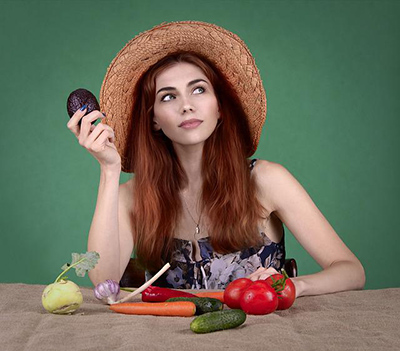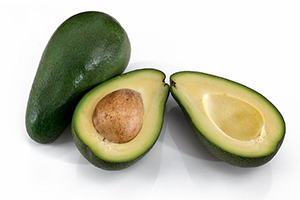Contents
In some sense, all blood-cleansing herbs consumed act on the blood to help this fluid transport its active components after nutrients are absorbed in the intestine. However, some plants can increase the production of erythrocytes (red blood cells), thus fighting against anemia. Iron in vegetables is as helpful as iron of animal origin in forming blood.
Vegetable iron absorption is slightly more complex than animal iron’s. However, it has the advantage of being usually accompanied by many vitamins and minerals. Vitamin C promotes the absorption of the iron that vegetables contain.

Hemostatic plants promote blood clotting mechanisms through the vitamin K they contain and clotting tiny capillary vessels due to their astringent action.
Blood-thinning plants have more therapeutic applications and keep the blood from coagulating inside the vessels, known as thrombosis. These plants make the blood more fluid and exert a crucial preventative action for arterial thrombosis, especially that of the brain, heart (the origin of myocardial infarction), and femoral (that causes the lack of blood flow in the legs) arteries. They act utilizing one or several of the following mechanisms:
- Decreasing the excessive tendency of the blood platelets to gather and form clots: anti-clotting actions on platelets.
- Breaking the fibrin, a protein of the blood plasma that forms clots: fibrinolytic action.
- Slowing the processes of blood clotting: anti-clotting action.
Blood-Cleansing Herbs
Hemostatic Herbs
These plants stop hemorrhages, both in the internal organs and the skin. Their action is reinforced by combining their internal use (herbal teas orally taken) with external applications on the bleeding point whenever it is accessible.
Blood Thinning Herbs
Blood-thinning herbs are recommended to prevent thrombosis in hypertension and arteriosclerosis and whenever there are risk or predisposition factors for this blood disorder.
Blood Conditions

Anemia: A decrease in blood, especially of its erythrocytes (red blood cells). The phytotherapeutic treatment uses antianemic herbs rich in iron (the fundamental element of erythrocytes) and abundant amounts of other minerals, vitamins (especially vitamin C), and enzymes, which activate the body. Some plants, such as ginseng, increase the production of red blood cells.
A hematoma is an accumulation of blood in tissues outside the blood vessels. We refer to hematomas under the skin caused by injuries or bruises. These herbs, when applied locally, promote reabsorption and diminish local inflammation. All vulnerable plants are also helpful.

Hemorrhage: Bleeding. The blood-cleansing herbs listed above have hemostatic and vasoconstrictive properties. Its action is enhanced when they are taken orally and externally. A physician should treat any abnormal bleeding.
Thrombosis: This condition is the formation of a clot inside a vessel (artery or vein), which remains in the same place it is formed. When the clot moves from that place, flowing through the interior of the veins or arteries, an embolism is produced. Arterial thrombosis usually occurs after arteriosclerosis on the arterial walls. Phytotherapy offers plants that enhance blood circulation and make it more fluid, thus exerting a gripping preventative action on this disorder. Blood-cleansing herbs that decrease cholesterol levels are also helpful in preventing thrombosis.
DISCLAIMER: All content on this website is presented solely for educational and informational objectives. Do not rely on the information provided as a replacement for advice, diagnosis, or treatment from a qualified medical expert. If you are pregnant, nursing, or have any preexisting medical concerns, talk to your doctor before using any herbal or natural medicines.
REFERENCES
- George D. Pamplona-Roger, M.D. “Encyclopedia of Medicinal Plants.” George D. Pamplona-Roger, M.D. Encyclopedia of Medicinal Plants. Ed. Francesc X. Gelabert. Vols. 1 San Fernando de Henares: Editorial Safeliz, 2000. 262, 263, 264. Print. [blood cleansing herbs]
- PubMed: https://pubmed.ncbi.nlm.nih.gov/
- Google Scholar: https://scholar.google.com/
